Even as our throats are choked with grief and our tongues are silenced before the evil of the violence in Ukraine and across America, we know that we must return to words and the thoughts they embody. They are about the very heart of our life. The guns that threaten the very possibility of public life, whether in Uvalde or Kyiv, can only be overcome with the trust, covenants, and constitutions that arise in argument, mutual education, and respectful agreements in open publics. This is a truth ancient in origin and refined in the crucible of human experience.
We grieve deeply as we recognize that the United States is the only high technology republic in the world that suffers this constant gun violence. This violence is rooted in our history of European invasion and settlement, of vicious enslavement of native and African peoples, of civil war, and ethnic rivalry. But it only survives because powerful groups continue to re-heat these conflicts for their immediate profit and power, so that this past still haunts us in the fevered minds of mass-murderers and would-be vigilantes alike.
As I, like so many of you, have wrestled with these shadows and fearsome horrors in these past weeks, I have repeatedly returned to two facets of this constant threat, one constitutional, the other essentially spiritual. Here are my thoughts on these two points. The constitutional issue, as I have argued before, takes us to the Second Amendment and the false claims that have come to enshroud and enshrine it. Politicians love to start any proposal to respond to gun violence with some version of allegiance to this Amendment to the US Constitution of 1787/89. But what do they mean by this act of obeisance? Does it include the meaning of the conditioning clause with which it starts (“A well-regulated militia, being necessary to the security of a free State…”)? Most of them do not see it as establishing the purpose and conditions of the words that are to follow, but any lawyer trained in the Latin roots of this clause knew full well that that is what it intended to do. The Second Amendment is about the preservation of state militias.
In addition, though, we must remember that this purpose also implied the defense of state resistance to the federal government established by the Constitution. In short, the second amendment bears the seeds of secession and ultimately the Civil War of 1861-1865. Not to be forgotten is that this State “security” included the formation of militias to pursue, capture, and in the process terrorize the enslaved people fleeing their owners in the various states. Only the gradual subordination of these state militias into the National Guard, beginning in 1903, has removed this dagger from the heart of the Republic. The view that the second Amendment was about the preservation of these state militias governed court rulings until the end of the twentieth century. Even in the Heller decision of 2008 this has remained the Court’s basic understanding, though now used, in Scalia’s strained argument, to justify the individual right to “keep and bear arms” in the home.
And what are we to make of “the right of the people to keep and bear arms”? In contemporary arguments for “gun rights” the term “people” has lost its 18th century meaning as a near-mystical body providing alternative legitimation to the political order from that of monarchs claiming the divine right to rule. “The People” was not a collection of individuals but a collective, “body politic” assembled in councils and public assemblies. It was as theological or mystical a concept as was that of King James I’s “divine right” of kings. Contemporary interpretations, like that of Justice Scalia’s Heller opinion, reduce it to being a collection of individual consumers. This it never was.
And “keep and bear arms”? This is once again a military term of an organized militia. A person carrying a hunting rifle into the woods is not “bearing arms.” Neither is a person seeking to intimidate an elected official with a semi-automatic rifle while standing on the steps of a government building. In any case, it is hard to argue, in the context of the whole amendment, that a self-appointed gang of armed men calling themselves a militia is the “well-regulated militia” of a “people” defending “the security of a free State.”
In short, the interpretation of the Second Amendment that is used to defend the wide-spread possession of weapons designed to kill people—many people—ignores entirely its original context and meaning (despite Scalia’s so-called originalism) and contravenes much of its original purpose. It also blinds us to its original function not merely as a check on federal power but as an implied threat to its very existence. The use of the second amendment to justify wide-ranging possession, display, and use of firearms of every type has revealed once again this sinister underlying implication of these words.
We need to relentlessly expose the lies and half-truths surrounding this amendment so that we can create the legal structures we need to defend ourselves from the domestic terrorism and impulsive killings that take the lives of over 40,000 Americans every year.
The spiritual crisis points us to the loss of bonds among family members and communities and to the mental torment of so many isolated, angry, and despairing individuals in our society. This is not merely a matter of mental health services but of the erosion of the nurturing communities that make us human. At its core is a sense of fear and threat unallayed by a deep trust in the love at the heart of life. We are being torn apart by the logic of capitalist competition, economic dislocation, and a media universe driven by algorithms that promote fear and violence rather than widening circles of trust and cooperation. As this list unfurls we see that its characteristics are rooted in an individualism of self-advancement rather than mutual service, in fear of losing one’s status rather than in enhancing the well-being of all. This is a litany of alienation that is not unknown to us. It can only be countered by a renewal of the life of mutual concern that needs to be replenished constantly in our churches, synagogues, temples, and mosques, in schools and neighborhoods as well as in town halls and union halls, in civic clubs and voluntary associations. The media universe needs to serve these face-to-face groups of mutuality rather than manipulate a demographic of isolated and fearful consumers.
And thus it really is about the soul of America. Our politicians continue to fail us in nurturing the public love that can free us from this fear. Freedom is not about independence from others. It is about the bonds of mutual care that free us from our isolation and fear. Now we have to see if indeed “the people” is anything more than a motley gang of potential murderers. Maybe, just maybe, it may become a tapestry of many threads seeking to become a magnificent quilt embracing us all.
Thanks again for reading this far and pondering with me. Your own thoughts are always welcome in this struggle.


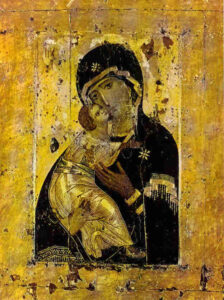
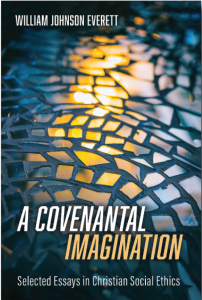
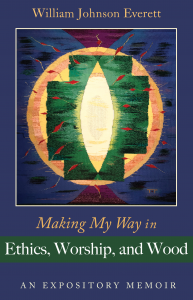
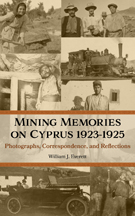
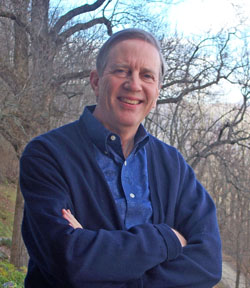
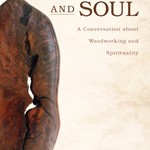
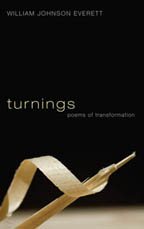
 Red Clay, Blood River
Red Clay, Blood River